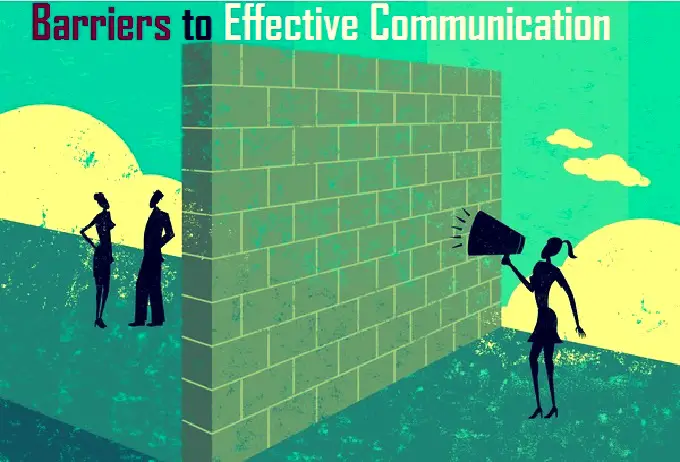The effective communication requires that the messages are delivered as effectively as possible. To achieve that, you must commit to breaking down the barriers that exist within each of the stages of the communication process. The barriers to effective communication are numerous, but we shall focus the attention of this article to the most common ones

Table of Contents
1. Lengthy Message
Let’s begin with the message itself. If your message is too lengthy, disorganised, or contain errors, you can expect the message to be misunderstood and misinterpreted. The use of poor verbal and body language can also confuse the message.
Barriers to effective Communication in context tend to stem from senders offering too much information too fast. When in doubt here, less is oftentimes more. It is best to be mindful of the demands on other people’s time, especially in today’s ultra-busy society.
Once you understand this, you need to work to understand your audience’s culture, making sure you can converse and deliver your message to people of different backgrounds and cultures within your own organisation, in your country and even abroad.
2. Noise as one of barriers to effective communication
Noise is the interference that keeps a message from being understood or accurately interpreted by the audience. This may come as result of two main reason:
External noise: Comes from environment where the communication takes place. The main sources of this kind of noise may be loud music, hot sun, babies nearby, or the venue, near heavy traffic or market place, etc.. This breaks the effective communication in the sense that you are unable to exchange the messages as your voices are overpowered by the coming noise.
Internal noise: Occurs in the minds of the sender or receiver when their thoughts and feelings are focused on something other than the communication at hand. This tends to break the normal communication because one of individuals or both involved in communication is absent in mind. You practically seem to be pouring water on the rock.
Semantic
This refers to the meaning of the words or terms used in communication. This may affect the communication in two ways. The first one involved the use of difficult terms by the speaker, that the recipients of the message cannot easily grasp. The second way is the use of language that sounds insinuative to some of your audience. This is likely to arouse people’s emotional reaction to those words and disrupt the effective communication.
Mistrust:
There are times when as a manager in an organization, you tend to develop a kind of fear that one of the employees might report whatever goes wrong in the way you handle thing. This kind of paranoia, is very harmful to the effective communication between you and those you have in charge. This fear might be genuine, but it is important to try as much as possible to control it.
Self-talk

Self-talk may have different meanings, but in communication, we can refer to it as a way of disregarding your audience in your address. In this case, you talk, just like the way you feel like it, or overpraise yourself while speaking, you tend to sound like all the communication or address turns around you and not your audience at all.
This is very hazardous to the effective communication, for people may feel bored and lose interest in the message you intend to deliver.
In conclusion, in order to manage effectively, you need to communicate effectively. In order to communicate effectively, you need to eliminate as much as possible all barriers to effective communication. But you can only avoid these barriers, if you are aware of their existence

